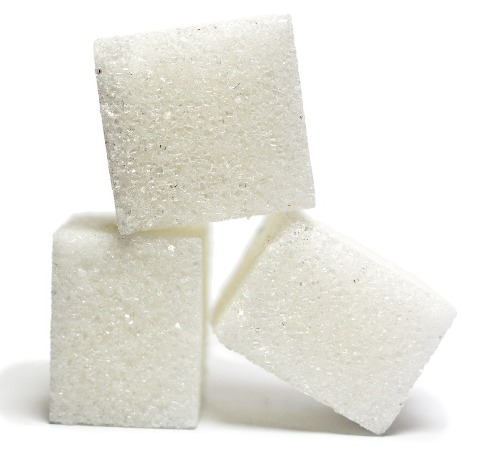Created by Cardiologists
Trusted by Doctors
Trusted by Doctors
1-800-811-1007
CLOSE
There are no items in your bag
- Why CardioTabs?
- Products
- Sleep Pack
- Memory Support Pack
- Pickleball Recovery Pack
- Immunity Starter Pack
- Mental Health Starter Pack
- Cholesterol Control Pack
- Nerve Relief Pack
- Magnesium Plus
- Advanced Formula Probiotic
- Curcumin
- BONE Essentials
- Ultra CoQ10
- Omega-3 Lemon Minis + Vitamin D3
- Omega-3 Enteric-Coated
- Omega-3 Extra Strength + Vitamin D3
- Ultra Strength Liquid Omega-3 + Vitamin D3
- CardioSterol
- Red Yeast Rice
- CardioTea with L-Theanine
- Multivitamin - 60 Day
- Multivitamin - 120 Day
- Vitamin D
- Vitamin D Test
- Forever Young Diet & Lifestyle Book
- Let Me Tell You A Story
- Omega-3 Index Test
- Quick Shop
- Shop By Health Interest
- Supplement Advisor
- Blog
- Rewards Program
Product added to shopping cart





 My wife Joan is not sweet—well not her diet anyway. Joan has the best practical understanding of nutrition of anyone I have ever met; and she practices what she preaches. Her #1 cardinal rule for her own diet: avoid consuming ANYTHING with added sugar (table sugar or high-fructose corn syrup) or anything considered “free sugars” (e.g. honey, fruit juice, agave syrup, other syrups).
My wife Joan is not sweet—well not her diet anyway. Joan has the best practical understanding of nutrition of anyone I have ever met; and she practices what she preaches. Her #1 cardinal rule for her own diet: avoid consuming ANYTHING with added sugar (table sugar or high-fructose corn syrup) or anything considered “free sugars” (e.g. honey, fruit juice, agave syrup, other syrups).